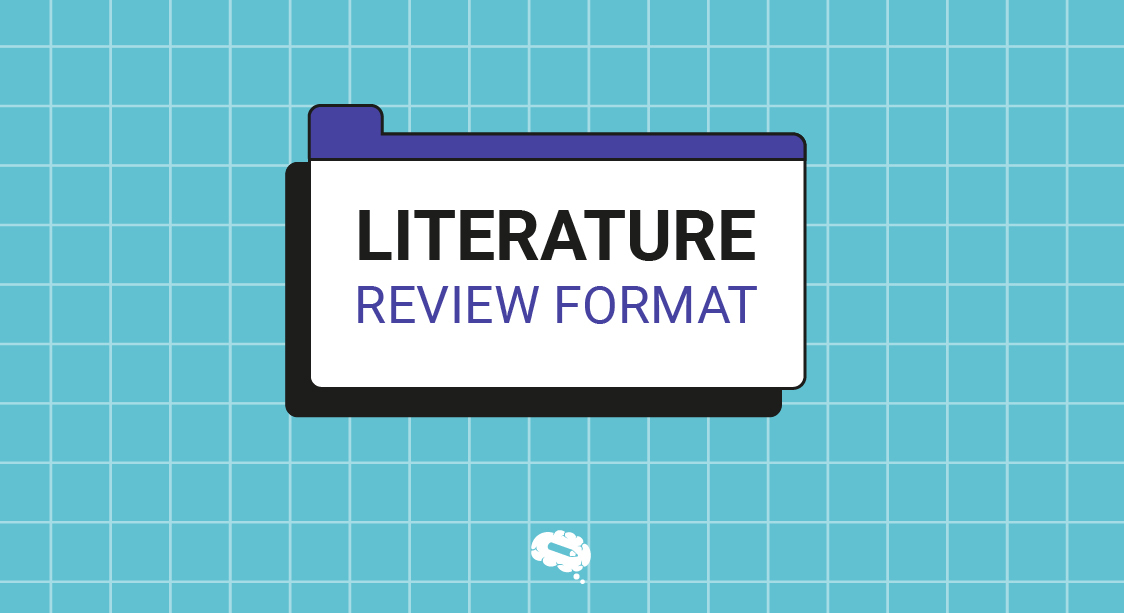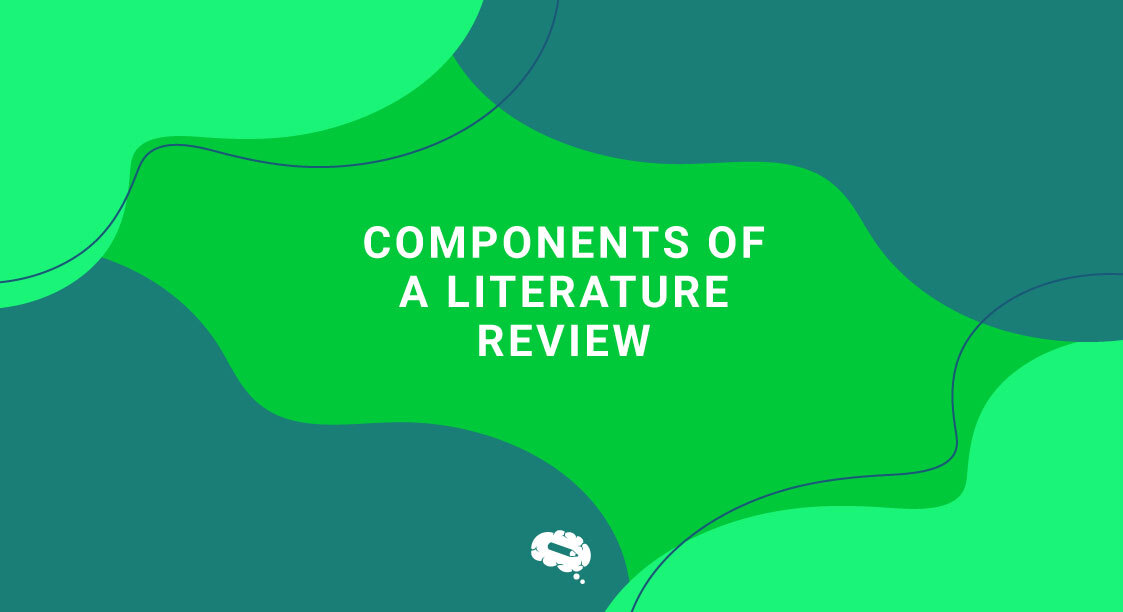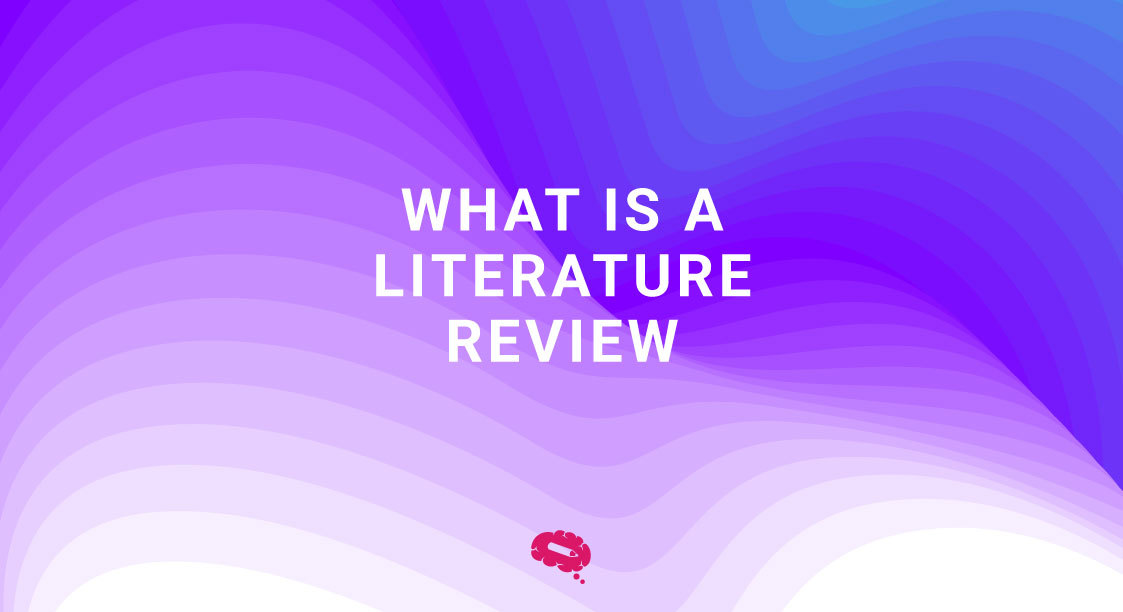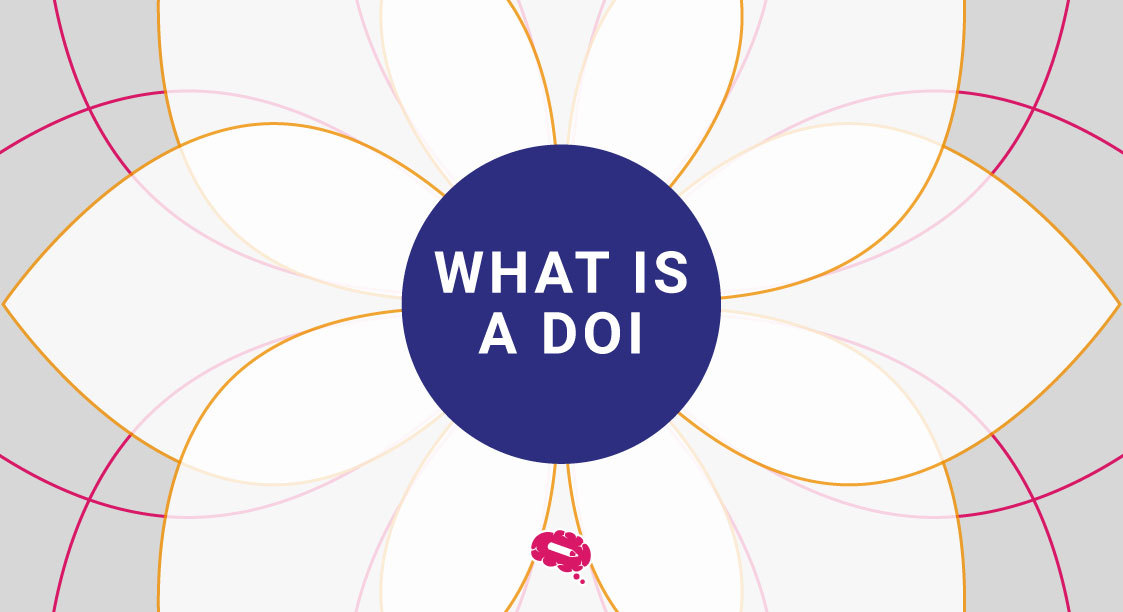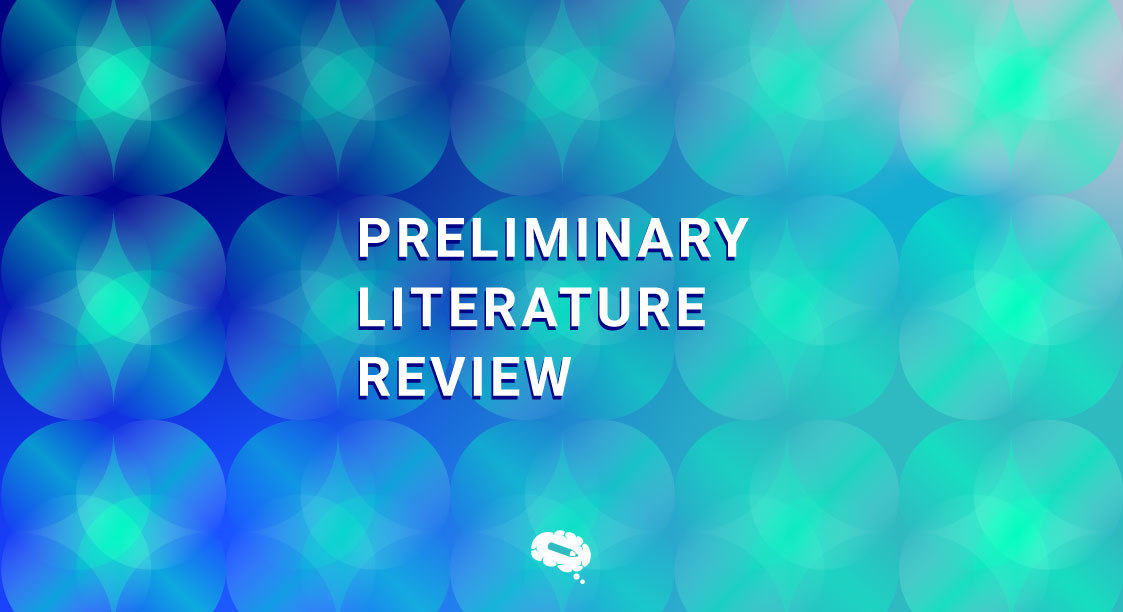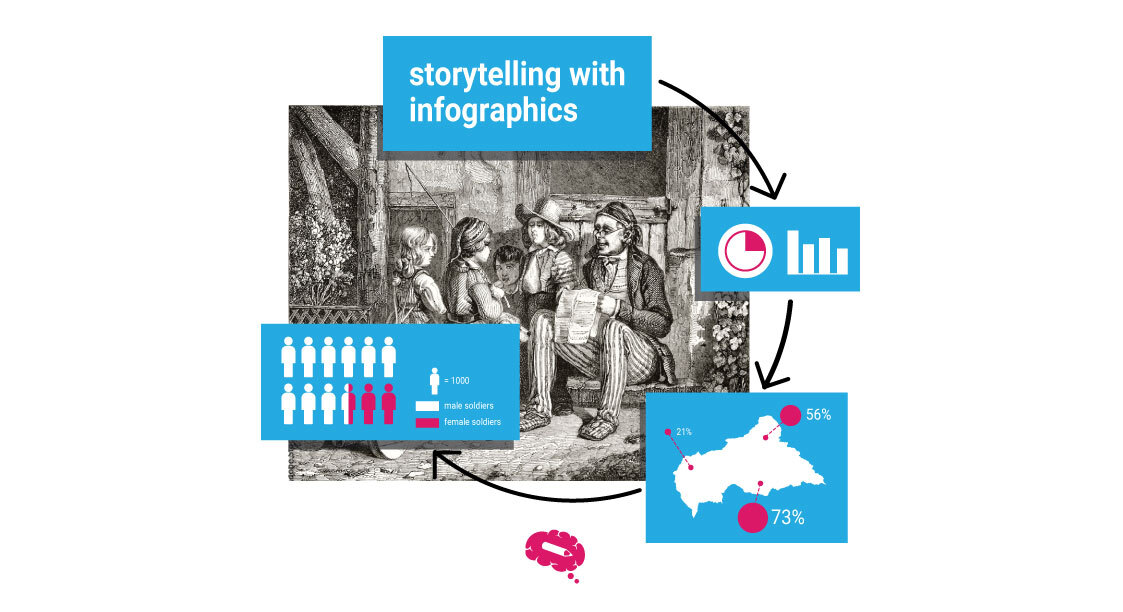Ever wondered how to dive into a mountain of books and articles and come up with something that not just makes sense but shines new light on a topic? What if there was a way to neatly tie together all that information, spot what’s missing, and maybe even pave the way for discoveries?
That’s what you are going to learn in this article, literature reviews—a place where chaos meets order, and where your insights could set the stage for the next big thing. Let’s break down the literature review format, your essential guide to properly writing a literature review.
Dissecting Literature Review Format
There are 6 main sections to make a note of while writing a literature review. Those are:
- The Introduction Section
- Topic Background
- Conceptual Framework
- Synthesis and Evaluation in Literature Reviews
- Conclusion for Your Literature Review
- Reference List in Your Literature Review
Also Read: Essential Components of a Literature Review
The Introduction Section
The introduction of your literature review is where you set the stage for the entire document. It’s your first opportunity to engage your readers and provide a clear blueprint of what your review will cover and why it matters. This section does more than merely introduce the topic; it establishes the context, defines the scope, and outlines the purpose and objectives of your literature review.
Things to keep in mind while writing an introduction:
- Craft a compelling opening
- Establish the Context and Justification
- Define the Scope and Objectives
- Lay out the Structure
- Give an overview of the Structure
Topic Background
The “Topic Background” section of a literature review serves as the cornerstone for understanding the evolution and current state of the subject matter. It is divided into two crucial sub-sections: Historical Context and Current State of the Topic.
Delving into these areas provides you with a comprehensive backdrop against which the literature review is framed, enriching the reader’s understanding of why the topic is of interest and what has influenced its development to the current state.
Historical Context
The Historical Context is fundamental in setting the stage for the entire literature review. This section is not just a chronology of events or developments; it’s a curated narrative that highlights the key milestones and turning points that have significantly impacted the topic.
By examining the historical evolution, the review establishes a timeline of how understanding and perspectives have shifted over the years.
Summary Of Key Historical Developments
This involves identifying and summarizing the major breakthroughs, shifts in thinking, or seminal works that have shaped the topic. It’s important to focus on developments that have a direct relevance to the current understanding and state of the subject.
For example, if the topic is about the evolution of renewable energy technologies, this part would outline the initial discovery and use of renewable sources, significant technological innovations, and pivotal policy decisions that have influenced the field.
Relevance Of Historical Context To The Topic
After outlining the key historical developments, it’s crucial to connect these events to the present topic. This means discussing how past events have laid the groundwork for current theories, practices, or debates within the field. It involves analyzing the impact of historical milestones on the subject matter, and explaining how they have contributed to current knowledge, challenges, and research questions. This section makes it clear why understanding history is essential for anyone researching or studying the topic today.
Current State Of The Topic
Moving from the historical context, the review transitions to the present with the Current State of the Topic. This part assesses the latest research, trends, debates, and technological advancements that define the subject area at the moment.
Current Trends Or Updates
Here, the focus shifts to what is happening in the field right now. This could include recent research findings, emerging theories, new methodologies, or the latest technological innovations. The aim is to provide a snapshot of the current research landscape, identifying what themes, questions, or problems are being actively explored.
For instance, in the context of digital marketing, this might involve discussing the rise of artificial intelligence in customer relationship management or the impact of social media trends on marketing strategies.
Impact Of These Trends On The Subject Matter
The final step is to assess the implications of these current trends for the topic. This includes considering how recent developments have advanced the field, the challenges they present, and the opportunities they open up for future research.
It’s about connecting the dots between what’s happening now and what it means for the subject area moving forward. This not only helps to frame the research questions that the literature review will address but also sets the stage for identifying gaps in the current knowledge, thereby guiding the direction of future studies.
Also Read: What is a literature review? Get the concept and start using it
Conceptual Framework
When doing a literature review, it’s essential to lay a solid foundation for your exploration through a well-defined conceptual framework. This framework acts as a compass, guiding your review’s direction by establishing the key concepts, theories, and perspectives that underpin your topic.
Definitions And Descriptions
Before diving into the depths of your literature review, it’s crucial to start with the basics. This means clearly identifying and defining the key concepts related to your topic. Think of this as setting the stage for your readers, ensuring they have a clear understanding of the fundamental terms and ideas you will be exploring.
Key Concepts Related To The Topic
Begin by listing the essential concepts central to your review. These are the building blocks of your topic, the terms that will repeatedly appear throughout your exploration.
Detailed Definitions And Their Relevance
Once you’ve identified these concepts, provide precise and comprehensive definitions for each. Don’t hesitate to explore different dimensions or interpretations of these terms, as this can enrich your readers’ understanding. More importantly, discuss why these concepts are crucial to your review. How do they shape the scope of your exploration? How do they relate to each other and to the broader topic? This step ensures that your readers are not just familiar with the terms but also understand their significance within your review’s context.
Theoretical Perspectives
With the key concepts clearly defined, it’s time to frame your literature review within relevant theoretical perspectives. This is where you align your exploration with existing theories, models, or frameworks that provide insights into your topic.
Important Theories Related To The Topic
Identify the theories that are foundational to your topic. These could range from well-established theories that have long guided research in your field to more contemporary models that offer new insights. For example, a review of organizational behavior might draw on theories of motivation, leadership styles, and organizational culture.
Evaluation Of These Theories And Their Influence On The Topic
After pinpointing the relevant theories, critically assess their contributions to the topic. Consider questions like: How have these theories shaped understanding of the topic? What insights do they offer, and where do they fall short? Are there controversies or debates surrounding these theories? This evaluation not only deepens your review’s analytical depth but also positions your work within the larger academic conversation.
Synthesis And Evaluation In Literature Reviews

The “Synthesis and Evaluation” section is where your literature review truly comes to life. Here, you’re not just summarizing what others have said; you’re weaving together diverse strands of research to present a cohesive picture of the topic at hand.
Comparison And Contrast Of Sources
Synthesizing the literature involves more than listing findings from various studies; it’s about drawing connections between them, highlighting areas of agreement and dispute, and weaving these into a narrative that adds depth and breadth to your understanding of the topic.
Comparative Analysis
Start by grouping your sources based on similarities in their findings, methodologies, or theoretical approaches. This clustering will help you identify trends and common themes across the literature. For example, if several studies have found similar outcomes under comparable conditions, these findings can be grouped to strengthen a particular argument or observation about the topic.
Contrasts Or Conflicts Among Sources
Equally important is the identification of discrepancies in the literature. Do some studies present findings that directly contradict others? Are there differences in how researchers have interpreted similar data? Highlighting these conflicts is crucial, as it can indicate areas where the topic is still evolving or where further research is needed. It also shows your ability to critically engage with the material, a hallmark of scholarly rigor.
Analysis Of Gaps In Literature
One of your primary tasks in the synthesis and evaluation section is to identify what’s missing in the current body of research. This requires a critical eye and a deep understanding of both your topic and the broader field in which it resides.
Identification Of Research Gaps
As you comb through the literature, ask yourself: What questions remain unanswered? Are there underexplored areas or populations? Perhaps certain methodologies have been overlooked, or theoretical perspectives have not been considered. Pinpointing these gaps is not a mere exercise in academic critique; it’s a vital step in advancing knowledge within the field.
Implications Of These Gaps For Future Research
Highlighting gaps in the literature sets the stage for future studies. It’s where you, as the reviewer, can suggest new research directions that could fill these voids or further explore the topic. Discussing the implications of these gaps not only enriches your review but also contributes to the ongoing scholarly conversation.
Conclusion For Your Literature Review
The conclusion of your literature review is where you bring together all the strands of your argument, synthesizing the insights gained and highlighting the significance of your findings. It’s not just a summary of what has been discussed; it’s an opportunity to underscore the relevance of the review, reflect on the broader implications of your synthesis and evaluation, and suggest directions for future research.
Summary Of Key Points
Start your conclusion by succinctly summarizing the main points and findings of your review. This isn’t about rehashing every detail but rather about distilling the essence of your exploration. Highlight the critical trends, themes, and conflicts you’ve uncovered, and remind your readers of the significance of these discoveries.
Relevance And Implications Of The Literature For The Topic
Next, focus on the relevance and implications of your findings. This involves stepping back to consider the bigger picture—how does your literature review contribute to the understanding of your topic? Discuss the impact of the trends and gaps you’ve identified on the field, and elaborate on how your synthesis of the literature advances or enriches existing knowledge.
Reflection On The Research Process
Reflecting on the research process itself can provide valuable insights. Consider discussing the challenges you encountered in navigating the literature, such as dealing with conflicting findings or the scarcity of research on certain aspects of your topic.
Directions For Future Research
One of the most critical aspects of your conclusion is to suggest directions for future research. Be as precise as possible, whether suggesting new methodologies, theoretical frameworks, or specific topics that warrant deeper investigation.
Final Thoughts
End your conclusion with a strong closing statement that reiterates the value of your literature review. Emphasize the importance of continued research on your topic and the potential it holds for advanced understanding within your field. A compelling conclusion reaffirms the significance of your work, leaving your readers with a clear sense of its contribution and the urgent need for further exploration.
Reference List In Your Literature Review
The Reference List is the backbone of your literature review, providing a comprehensive compilation of all the sources you’ve cited throughout your exploration. It’s not merely a formality but a crucial component that lends credibility and rigor to your work.
Importance Of Accuracy And Consistency
The cornerstone of a reliable Reference List is accuracy and consistency in citation style. Whether you’re adhering to APA, MLA, Chicago, or another academic citation format, it’s vital to apply the rules with precision. This includes correctly formatting author names, publication dates, titles, and publication details.
Organizing Your References
While different citation styles have their own rules for listing references, organizing them in a way that enhances readability and accessibility is universally beneficial. Alphabetical order by the author’s last name is the most common method, as it allows readers to easily locate sources.
Comprehensive Coverage
Your Reference List should be exhaustive, including every work you’ve cited in your review. This extends beyond journal articles and books to encompass reports, conference papers, online resources, and any other materials that have informed your analysis.
The Value Of Annotations
While not always required, providing brief annotations for key sources can add tremendous value to your Reference List. An annotated bibliography offers a succinct summary of each source’s main arguments, methodologies, and findings, as well as its relevance to your literature review.
Digital Accessibility
In today’s digital age, considering the accessibility of your referenced works can greatly enhance the utility of your Reference List. Whenever possible, include Digital Object Identifiers (DOIs) or stable URLs for online sources, ensuring readers can directly access the materials.
Also read: What Is A DOI? Exploring The Purpose And Importance
Reflecting On Ethical Scholarship
Finally, your Reference List is a reflection of ethical scholarship. By accurately citing all the sources that have informed your work, you’re honoring the intellectual property of other researchers and upholding the academic community’s standards of integrity and respect.
Crafting a meticulous Reference List is an essential aspect of your literature review that underscores the credibility, depth, and ethical foundation of your research. By adhering to the principles of accuracy, comprehensiveness, and accessibility, you not only facilitate further inquiry but also pay homage to the collective endeavor of knowledge advancement in your field.
Related Article: Navigating the AMA Citation Format: Best Tips for Referencing
In conclusion, writing a literature review involves meticulous structuring, beginning with an engaging introduction that sets the stage, followed by a detailed exploration of the topic’s background, including its historical context and current state.
A robust conceptual framework lays the groundwork for analysis, leading to a critical synthesis and evaluation of relevant literature.
The conclusion ties together the review’s key findings and implications, while the reference list meticulously catalogs all cited works. Mastering each section ensures a comprehensive and insightful review, essential for advancing academic understanding and contributing to scholarly discussions.
Related Article: Preliminary Literature Review: A Guide for Effective Research
Science Figures, Graphical Abstracts, And Infographics For Your Research
Revolutionize your research with infographics from Mind the Graph. From science figures, graphical abstracts to infographics, you can unleash the power of creative visuals with this user-friendly platform and make your research captivating.

Subscribe to our newsletter
Exclusive high quality content about effective visual
communication in science.

